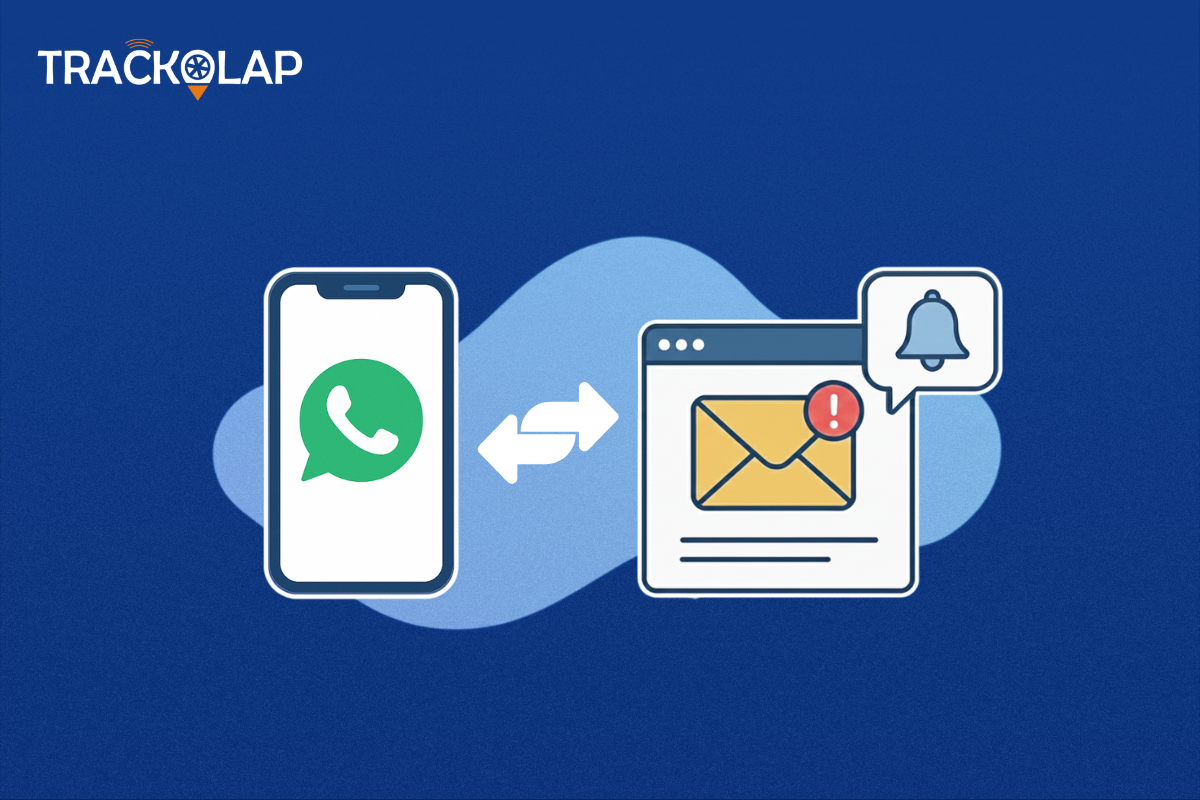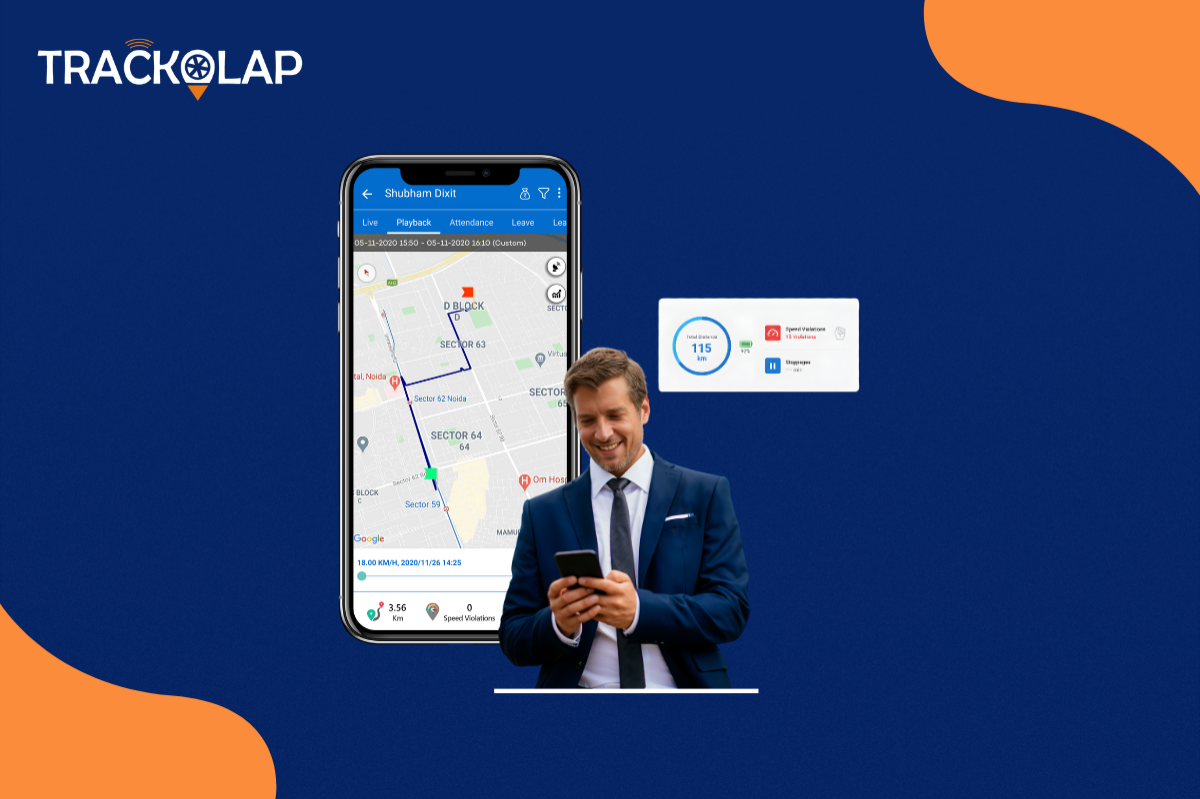
Why Your Team Misses Deadlines Even When They’re ‘Busy’ All Day
You assign work. You clearly define deadlines. Your team seems to be active. For some reason, these deadlines are slipping away. You are not the only one who is experiencing this. This is the problem of many
business owners and managers, who cannot figure out why there is never enough time, why projects are dragging behind, and why productivity is so irregular.
The fact is that being busy does not mean being productive. And, until you know how your team spends their working hours, you would be playing guessing games to increase output. At this point, employee time tracking software is necessary. Let's examine why your team may be missing deadlines even though they appear to be busy and how technology might assist you in resolving this issue.
The Real Problem: Mismanaged Time, Not Lazy Teams
You can always assume that, when deadlines are missed, your employees are not working hard. However, most of the time, it involves using time inefficiently, distractions, no structure, or the work going wrong without anyone realising.
The following are some of the typical issues that businesses encounter:
Transparency in the use of working hours
Frequent context switching or multi-tasking
Ineffective tracking of attendance, particularly where teams are remote/hybrid
Workers are wasting time on low-priority tasks
No accountability for idle time
All these are issues you can address using the proper tool, especially a good employee productivity software like the one that integrates time tracking, tracking activity and real-time performance assessment.
Busy But Not Productive? How Time Slips Away
There is no way you will know the employees are progressing, even when you see them online throughout the day. In the absence of real-time visibility, a manager will just be guessing on how time will be utilised. Unluckily, assumptions are hardly true. Let us consider some of the typical time wasters that employee time tracking software can assist in identifying:
1. Untracked Idle Time
There are cases where the employees are distracted, stuck, or take unscheduled breaks. Employee Monitoring Software monitors the work without having to poke around to find how much time it takes to accomplish,
and it also reminds employees to work when they have remained idle for too long, thus avoiding time wastage before it can affect delivery time.
2. Ineffective Task Prioritisation
Employees can work on things that are not critical at all to keep themselves busy. Task-wise time logs can be analysed with the help of a time tracking dashboard, and ensure that everyone is well aligned with the business priorities.
3. Too Many Meetings or App Switching
Long-term shifts among tools, emails, chats, and meetings can massively decrease the amount of deep work. TrackOlap follows the usage of applications and websites and provides managers with a clear view of how much time is productively spent and profitably not.
4. Lack of Clear Attendance Logs
Workloads are also difficult to manage because of uneven attendance records, especially in the hybrid or remote arrangements. With an attendance management software, workers can clock in and out at any location in a single click, and you will be provided with a centralised record of attendance, break times and shift durations.
How TrackOlap Helps You Hit Deadlines, Not Miss Them
When the team always seems to be working hard and yet accomplishes little, then it is not the tighter guidelines that you are missing. It has improved sight and organisation. Let us see how these pain points got resolved through TrackOlap employee time tracking software:
Real-Time Employee Monitoring
TrackOlap offers monitoring of real-time activities going on with your employees; apps being used, whether they are idle or active. This lowers the possibility of unnoticeable poor performance, particularly in remote settings.
Auto Screenshot Capture
Want to have an overview of the time spent without micromanaging? Automated screenshots are captured by the system in order to give a clear picture of the progress that can be of service during the performance review process or training needs.
Application & Website Usage Reports
TrackOlap provides you with a fine analysis of the percentage of time spent on productive and unproductive websites. This assists in finding sources of distractions and working out the schedules, which are not distraction-focused.
Attendance and Shift Management
Using a well-designed desktop application, employees are capable of logging in the time of arrival and breaks, as well as logging out, with a single tap. The shift creation and scheduling are also enabled by the attendance management software to ensure that maximum working hours are utilised.
Productivity & Performance Reports
The software provides graphical reports on the idle time, productive time and task completion, which allows you to identify the performance bottlenecks and direct timely assistance to low-performing individuals.
From Missed Deadlines to Consistent Delivery: A Workflow Shift
To discuss the two projects, whose sequences will be without time tracking and with Time tracking software.
Scenario A: No Time Tracking
Workers can either log through manual records or fail to log at all
Lack of awareness on who is doing what
Delays are unnoticed at a late stage
Tasks are not met on time, and responsibility is undefined
Scenario B: With Time Tracking Software
The attendance is automatically marked using a desktop or a mobile device
There are real-time dashboards that managers use to view the progress of tasks
Idle time is quickly signalled by warnings
The aspect of productivity is also measured and enhanced over time
Coordination is data-based and in meeting deadlines
What option would you prefer in your business?
Building a Culture of Transparency and Trust
There is a fear that time-tracking tools lead to a culture of surveillance. However, in practice, it is neither good nor bad to be transparent to all. It is good for the managers and the workers. One gets a situation of:
Stronger communication
Advance personal ownership of tasks
Better relations between managers and employees
Fewer incidents and misunderstandings
Using TrackOlap, you do not keep an eye on time; you are establishing a healthier and data-supported workflow, and everyone knows what they are supposed to do, when, and how much they should deliver.
Final Thoughts
When your team is not able to meet the deadlines despite being active throughout the day, the problem is not the lack of effort. It is the absence of clarity, structure, and real-time data. Sometimes, poor performance can be identified with the help of a smart employee time tracking software such as TrackOlap, which will allow spotting ineffective patterns, maintaining successful attendance monitoring, and improving the performance of the team in a caring and tactical way. Stop guessing. Start tracking. And begin to have deliveries on time, all the time.
Frequently Asked Questions (FAQs)
1. Why are my employees always busy but still missing project deadlines?
Since the time is spent inefficiently on low-priority projects, distractions, as well as a lack of visibility of real-time work progress, are a problem.
2. How can employee time tracking software improve team productivity?
It helps in recognising unproductive time, delays in activities, and enhances accountability using real-time information to make smarter plans and implementations.
3. Is time tracking software suitable for remote and hybrid teams?
Yes, it keeps track of remote, hybrid and onsite teams in real-time regarding attendance, activities and productivity.
4. Will my team feel micromanaged with time tracking software?
The answer is no, it encourages transparency, accountability and fairness without watching or hitting.
5. What’s the difference between attendance management and time tracking software?
The attendance software records time; time trackers even examine the activity, productivity, and usage of the tasks and applications.






























 Back to Blogs
Back to Blogs










 D-5 Sector-59, Noida, Uttar Pradesh (India)
D-5 Sector-59, Noida, Uttar Pradesh (India) contactus@trackolap.com
contactus@trackolap.com 7011494501
7011494501










